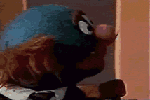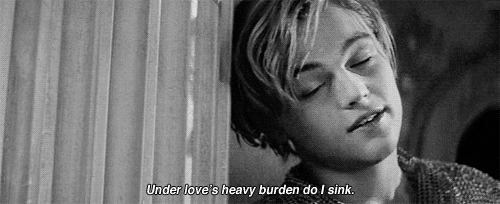mooners: Neil’s Puppet Dreams with Nathan Fillion....
phil0kalia: I found more of this awesome fimo mini-food stuff,...
the-absolute-best-posts: Via/Follow The Absolute Greatest...
Photo





Photo








analeal88: chaserlad: xxdreamingstatexx: artisticallyinsaneblo...



foreshadowing
Disney’s doing it WAAAAAAAAYtoo right
;_____;
((Another thing! Look at the stars Ray and Evangeline turn into:
Now look at the stars leading to Neverland:
They’re the same stars! Ray becomes the Second Star To The Right!
Also here’s Evagaline:
Here’s the wishing star form Pinochio (I couldn’t find a better pic ok?)
Evangeline is the blue fairy. And Tatiana wished on the wishing star, and she got her wish after a long journey, periles, and finding what was important to her. Just like when Gepetto wished for Pinocchio to be a real boy. ))
(JFC)
OOOOH MYYY GOOOODD
THIS IS TOO MUCH
And some people still dont get why Disney is so fucking AWESOME!!!
Photo

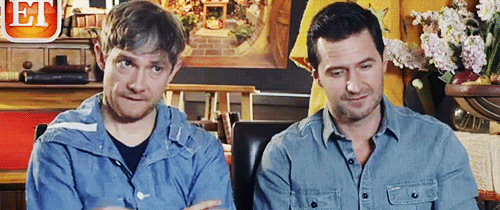
Photo
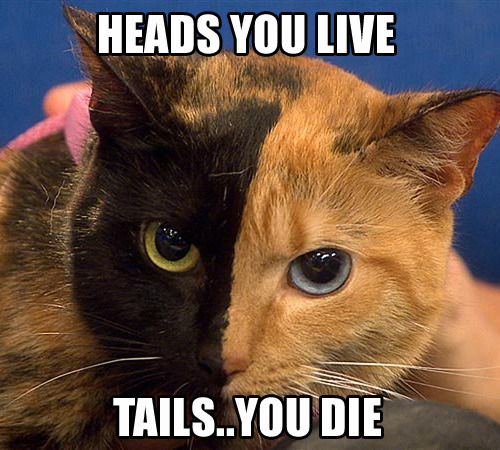
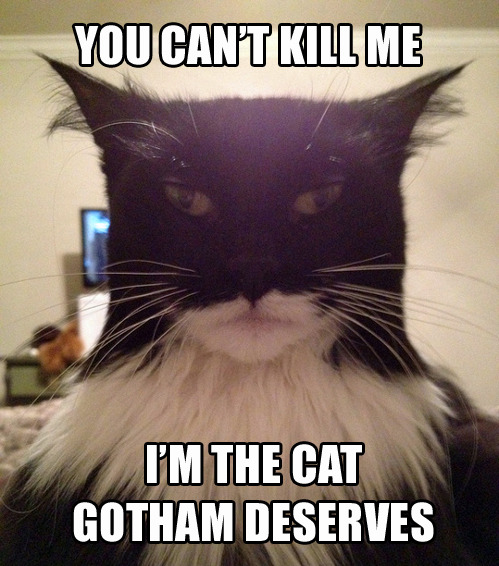
Photo






Photo






the-absolute-best-posts: Via/Follow The Absolute Greatest...
joe-mazzello: ZUCKERBERG. EISENBERG. SAMBERG.
Photo




Photo

no srsly guys this actually happend on the show






no srsly guys this actually happend on the show
munkiemee: blackmoods: euclase: gigglingfool: euclase: Inste...








Instead of screeching about “holy shit I thought it was a photo,” have a look at some really fantastic hyperrealism and be educated that it exists, people do it, and it’s pretty cool.
Lee Price, Roberto Bernardi, Luigi Benedicenti, Pedro Campos, Jason de Graaf, Denis Peterson, Jeremy Geddes, Gottfried Helnwein
There are many many more amazing realism artists out there. Start with Caravaggio and keep going. :)
its impressive but …whats the point? save that one with the upside down guy this could have been done jus as del with a camera……so what does this technique contribute artistically?
Oh god, I love this question.
The point is to take the time to do it. The point is to see everything and to draw all of what you see and ONLY what you see. A camera is not a drawing. A camera records a moment in a moment. With hyperrealism, human eyes have to acknowledge every single detail—even the most mundane—in order to paint it, and that can take hours and days. No detail is given less attention than any other detail. Every single inch of every single one of these paintings is as important as any other—because the artist decided it should be. The artist has made that choice for you.
The point is that it’s not a photograph.
When photography was born they said it was the end of painting. Cause, like the question above pointed out: why would you need a painting, which takes more time and capital to produce, when (roughly) the same thing can be achieved with a camera— along with the supposed “objectivity” of the newer medium?
But then there was Impressionism, Expressionism, Cubism, and all the artistic styles that followed. Styles which focused on form. Which highlighted lines, and brushstrokes, and played with color, perspective. When you see a van Gogh, or a Picasso, or a Matisse, you know you are looking at a painting. Painting moved away from mimesis. In some sense, a way of asserting itself as an independent and still-relevant art form. How then are we supposed to make sense of Photorealism? And Hyperrealism, which splintered from that tradition?
What the OP pointed out is the important thing: the point is that it’s not a photograph. Important because -realisms would always rest their case against photography. These paintings are wonderful and awe-inspiring in their own right, yes, but I would wager that a huge reason for that would be purely because “holy shit this is NOT a photo!” The appreciation is from knowing that these are paintings, but that you probably would not have known that unless it was pointed out to you. And since a lot of artists also work with mundane subject matter, all the more does the style transform the ordinary into the extraordinary.
And so instead of dismissing it as just another one in the millions upon millions of photographs that barrage us daily, hyperrealist (and photorealist, superrealist, etc.) paintings make us look again. They ask us to look again. And in looking, we go back to taking note of the form, and we contemplate. That is what hyperrealism artistically contributes: a prolonged aesthetic engagement with the work of art.
This is all so interesting to learn about. I really like the last picture.
the-absolute-best-posts: Marilyn was a big supporter of the...

Marilyn was a big supporter of the Civil Rights Movement. Ella Fitzgerald was one of Marilyn’s idols and a major inspiration. However, the Mocambo nightclub in West Hollywood, the most popular dance spot at the time, refused to let Ella perform there because she was black. Outraged, Marilyn told the owners that if they would let Ella perform, she would be there in the front row every time Ella was onstage. She did, and the two became friends.
According to the great Ella Fitzgerald:
“I owe Marilyn Monroe a real debt…it was because of her that I played the Mocambo, a very popular nightclub in the ’50s. She personally called the owner of the Mocambo, and told him she wanted me booked immediately, and if he would do it, she would take a front table every night. She told him - and it was true, due to Marilyn’s superstar status - that the press would go wild. The owner said yes, and Marilyn was there, front table, every night. The press went overboard. After that, I never had to play a small jazz club again. She was an unusual woman - a little ahead of her times. And she didn’t know it.”Via/FollowThe Absolute Greatest Posts…ever.
the-absolute-best-posts: Via/Follow The Absolute Greatest...
the-absolute-best-posts: Via/Follow The Absolute Greatest...
Real-life Grave of the Fireflies: (Photo) Stoic Japanese...

Real-life Grave of the Fireflies: (Photo) Stoic Japanese orphan, standing at attention having brought his dead younger brother to a cremation pyre, Nagasaki, by Joe O’Donnell 1945
This photograph was taken by an American photojournalist, Joe O’Donnell, in Nagasaki in 1945.
He recently spoke to a Japanese interviewer about this picture:
“I saw a boy about ten years old walking by. He was carrying a baby on his back. In those days in Japan, we often saw children playing with their little brothers or sisters on their backs, but this boy was clearly different. I could see that he had come to this place for a serious reason. He was wearing no shoes. His face was hard. The little head was tipped back as if the baby were fast asleep.
“The boy stood there for five or ten minutes. The men in white masks walked over to him and quietly began to take off the rope that was holding the baby. That is when I saw that the baby was already dead. The men held the body by the hands and feet and placed it on the fire.
“The boy stood there straight without moving, watching the flames. He was biting his lower lip so hard that it shone with blood. The flame burned low like the sun going down. The boy turned around and walked silently away.”





















